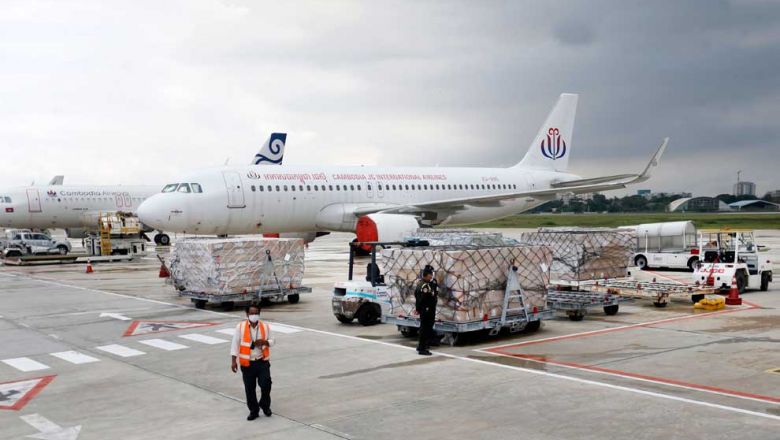Investment influxes spark electric gear, linked exports
Investment influxes spark electric gear, linked exports
Cambodia exported $232.824 million worth of electrical machinery and equipment and related products last month, ballooning by 114.6 per cent from the $108.495 million recorded in January 2022, albeit sliding by 21.99 per cent from $298.465 million in December, according to data from the General Department of Customs and Excise of Cambodia (GDCE).
The aforementioned category of items, corresponding to Chapter 85 of the Harmonised System (HS) of Tariff Nomenclature, accounted for 14.85 per cent of the value of the Kingdom’s total exports over the month, or $1.568 billion, up 8.89 percentage points on-year and up 0.11 percentage points on-month, GDCE statistics indicate.
For comparison, October and November marked the second and sixth highest monthly figures for 2022 at $196.405 million and $146.031 million, up 113.96 per cent and 38.3 per cent from $91.794 million and $105.602 million in the corresponding months of 2021. Last year’s monthly average came to $166.516 million – or $154.521 million with December excluded.
Cambodia Chamber of Commerce vice-president Lim Heng remarked to The Post that the Kingdom’s export markets are constantly changing, with overseas sales of textile-related items by and large not showing any positive signs in the last few months.
On the flip side, the current steady acceleration of growth in Chapter 85 exports underscores just how much money is flowing into these sectors, in addition to how well medium- and heavy-industry projects in Cambodia are performing overall, he explained.
“When investment is coming in like so, in larger quantities, it could entice companies that produce or assemble vehicles to directly invest in Cambodia” Heng said.
Other tools that will woo investors to Cambodia are its free trade agreements (FTA), including the bilateral deals with China and South Korea as well as the Regional Comprehensive Economic Partnership (RCEP), along with preferential trading arrangements such as the US’ Generalised System of Preferences (GSP) and EU’s ‘Everything But Arms’ (EBA) scheme, he noted.
Hong Vanak, director of International Economics at the Royal Academy of Cambodia (RAC), remarked that preferential tariff treatment from major markets have led to steady growth in the number of companies investing in the Kingdom via an increasingly diverse mix of ventures.
Vanak highlighted the value of strategic product diversification in export planning, which he said should allow a business to effectively adjust priorities when a specific set of items runs into demand and sales issues.
“Given this growth, I expect that there’ll be more finished-product factories opening up in Cambodia,” he said.
GDCE statistics show that Cambodia exported $1.998 billion worth of Chapter 85 items in 2022 – up 84.83 per cent from $1.081 billion a year earlier – accounting for 8.89 per cent of the value of the Kingdom’s total exports over the year, or $22.483 billion.
Although figures were not broken down by importing market, online platform Trading Economics statistics indicate that the US accounted for the lion’s share of the $1.08 billion worth of Cambodian Chapter 85 exports cited for 2021, at $548.03 million or 51 per cent, followed by Thailand ($156.46 million) and Japan ($128.45 million).
For reference, the full title of Chapter 85 is “electrical machinery and equipment and parts thereof; sound recorders and reproducers, television image and sound recorders and reproducers, and parts and accessories of such articles”.
Of note, US President Joe Biden on June 6 issued a declaration of emergency to impose a 24-month moratorium on new duties on solar cell and module imports – which fall under Chapter 85 – from Cambodia, Malaysia, Thailand and Vietnam. The move aims to ensure that the US has access to sufficient supply of these items to meet surging electricity demand.















